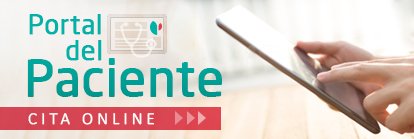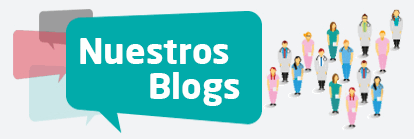Sleep Disorders Unit
The Sleep Disorders Unit at Hospital Quirónsalud Torrevieja is at the forefront of treatments and neurophysiological tests for the diagnosis of sleep disturbances and brain bioelectric activity in adults and children.
The unit consists of two specialists in clinical neurophysiology with experience in sleep pathology: Dr. Esteban de Vicente Álvarez-Manzaneda (Director of the unit) and Dr. Juan Diego Cervantes Martínez. The Unit has all the doctors of the Hospital to be able to carry out collaborating interconsultations in both directions.
Currently, several laboratory tests are available to help diagnose sleep disorders. These tests mainly comprise polysomnography (PSG) or overnight sleep records, and the multiple sleep latency test to measure daytime sleepiness.
1. Video-polysomnography involves the registration of multiple physiological variables during sleep. The unit currently has two state-of-the-art equipment that includes the following variables.
- Electrooculogram, to quantify the horizontal and vertical movements of the eyes.
- Electroencephalography channels to classify sleep stages (eg C3-A2 and C4-A1).
- Electromyography of the chin (EMG).
- Surface electromyography for the right and left tibial anterior muscles.
- Electrocardiogram.
- Thoracic and abdominal bands to record respiratory efforts.
- Nasobucal thermistor to measure the air flow and / or nasal pressure cannulas.
- Pulse oximetry to measure oxygen saturation.
- Video.
- Capnography (ETCO2) to diagnose hypoventilations.
With this set of physiological variables could be assessed the stages of sleep, breathing. heart rate, as well as the presence of periodic movements of the extremities during sleep associated or not with a restless legs syndrome. Brain activity is studied in patients with suspected epilepsy, increasing the number of electroencephalography channels
2.The multiple sleep latency test is performed through four or five 20-minute sleep naps, spaced throughout the morning, at two-hour intervals, starting at 8:00 a.m. It includes the following variables:
- Electrooculogram, to quantify the horizontal and vertical movements of the eyes.
- Electroencephalography channels to classify sleep stages (eg C3-A2 and C4-A1).
- Electromyography of the chin (EMG).
- Electrocardiogram.
- Thoracic and abdominal bands to record respiratory efforts.
- Nasobucal thermistor and / or nasal cannulae to calculate air flow and / or pressure.
- Pulse oximetry to measure oxygen saturation.
- Video.
In this way, sleep and wakefulness stages could be defined, and sleep latency and REM latency could be studied as well as direct REM inputs typical of narcolepsy.
SERVICES PORTFOLIO:
- Video-EEG (Video-electroencephalography). The incorporation of the video is fundamental to be able to relate in real time the electroencephalographic findings with the patient's clinic. Very interesting in children.
- Video-EEG with sleep deprivation (Video-electroencephalography with deprivation).
- Three-hour day-PSG video or nap (Three-hour day-polysomnography).
- Video-PSG eight-hour night for sleep breathing disorders. (Eight-hour nocturnal video-polysomnography).
- Test of multiple latencies of sleep with video (Test of multiple sleep latencies with video). For objective study of daytime sleepiness.
SLEEP CONSULTATION.
Diagnostic and therapeutic assessment of specialized non-respiratory sleep disorders such as dysomnia (insomnia, hypersomnia), parasasomnias (periodic limb movement disorders, REM behavior disorders) and circadian rhythm disorders (jet-lag, shift workers).
Video
Hospital Quirónsalud Torrevieja
© 2025 Quirónsalud - All rights reserved
























